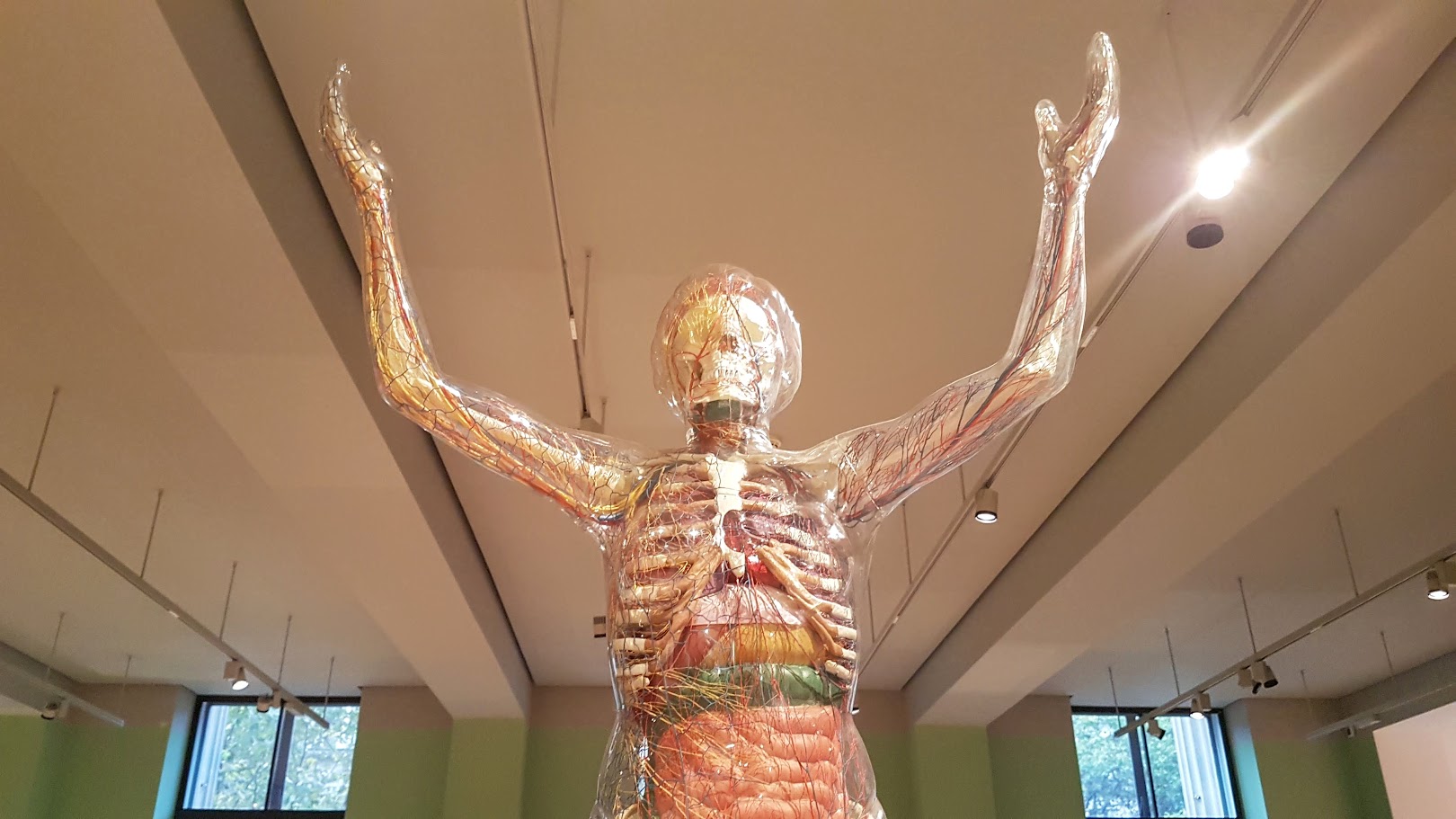Science
Groundbreaking Perovskite Detector Revolutionizes Medical Imaging

The world has taken a significant leap forward in medical imaging with the development of the first crystal-based detector, known as a perovskite camera. This groundbreaking technology, designed by researchers from Northwestern University in the United States and Soochow University in China, promises to transform how doctors visualize the human body by providing a clearer and more efficient means of capturing gamma rays.
This innovative detector aims to enhance the quality of nuclear medicine, enabling faster, safer, and more affordable scans. Currently, medical professionals utilize nuclear imaging to assess vital functions, such as heart activity and blood flow, and to uncover diseases that may not be immediately visible. Existing detectors are often expensive and complex to manufacture, leading to limitations in the quality of imaging. The new perovskite-based technology overcomes these challenges by providing precise gamma ray detection, which can significantly improve the accuracy and efficiency of medical imaging.
Advancements in Nuclear Medicine
The research team, led by Mercouri Kanatzidis, a Professor of Chemistry at Northwestern University, has been exploring the potential of perovskite crystals for over a decade. Kanatzidis noted that “perovskites are a family of crystals” renowned for their transformative potential in energy applications. He emphasized that this new development could similarly revolutionize nuclear medicine.
“This is the first clear proof that perovskite detectors can produce the sharp, reliable images that doctors need to provide the best care for their patients,” Kanatzidis stated. The study, published in the scientific journal Nature Communications, highlights the significant leap made in imaging technology, marking a turning point for the field.
The research team has meticulously engineered these crystals to create a pixelated sensor, akin to the pixels in a smartphone camera. This design offers record-breaking clarity and stability, setting the stage for the integration of this technology into next-generation nuclear medicine imaging systems.
Implications for Healthcare
The implications of this advancement are profound. From a patient perspective, the perovskite detector can lead to shorter scanning times, clearer diagnostic images, and reduced radiation exposure. This trifecta of benefits represents a significant improvement in patient care and outcomes.
Kanatzidis underscored the importance of making high-quality nuclear medicine accessible to a wider range of hospitals, stating, “High-quality nuclear medicine shouldn’t be limited to hospitals that can afford the most expensive equipment.” The commercialization of this technology is being spearheaded by Actinia Inc., a Northwestern spinout that is collaborating with partners in the medical device sector to bring this innovation from the laboratory to clinical settings.
The potential for improved diagnostics and patient recovery was echoed by Jamie Prevatt, an experienced registered nurse with 33 years in the field. Prevatt remarked, “This new medical technology innovation sounds amazing. This advancement will help with diagnosing, is less invasive, and it will certainly help with patient recovery.”
As research continues, the ultimate goal remains clear: to provide better scans, facilitate more accurate diagnoses, and enhance overall care for patients worldwide. With the integration of perovskite technology, the future of nuclear medicine appears brighter than ever.
-

 Science2 months ago
Science2 months agoToyoake City Proposes Daily Two-Hour Smartphone Use Limit
-

 Health2 months ago
Health2 months agoB.C. Review Reveals Urgent Need for Rare-Disease Drug Reforms
-

 Top Stories2 months ago
Top Stories2 months agoPedestrian Fatally Injured in Esquimalt Collision on August 14
-

 Technology2 months ago
Technology2 months agoDark Adventure Game “Bye Sweet Carole” Set for October Release
-

 World2 months ago
World2 months agoJimmy Lai’s Defense Challenges Charges Under National Security Law
-

 Technology2 months ago
Technology2 months agoKonami Revives Iconic Metal Gear Solid Delta Ahead of Release
-

 Technology2 months ago
Technology2 months agoSnapmaker U1 Color 3D Printer Redefines Speed and Sustainability
-

 Technology2 months ago
Technology2 months agoAION Folding Knife: Redefining EDC Design with Premium Materials
-

 Technology2 months ago
Technology2 months agoSolve Today’s Wordle Challenge: Hints and Answer for August 19
-

 Business2 months ago
Business2 months agoGordon Murray Automotive Unveils S1 LM and Le Mans GTR at Monterey
-

 Lifestyle2 months ago
Lifestyle2 months agoVictoria’s Pop-Up Shop Shines Light on B.C.’s Wolf Cull
-

 Technology2 months ago
Technology2 months agoApple Expands Self-Service Repair Program to Canada









